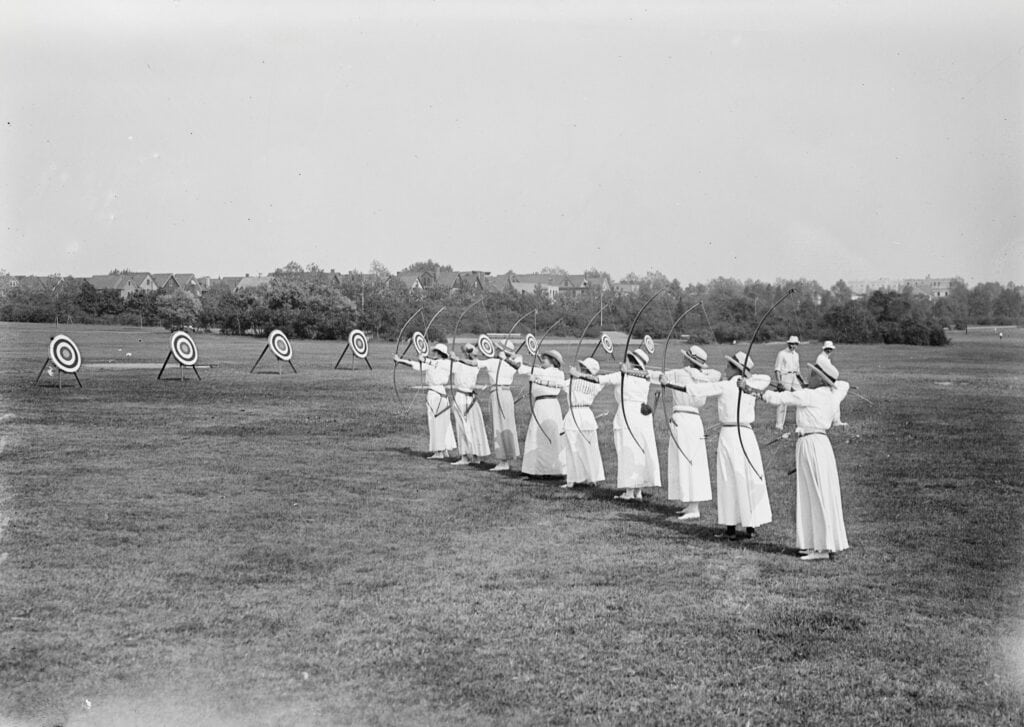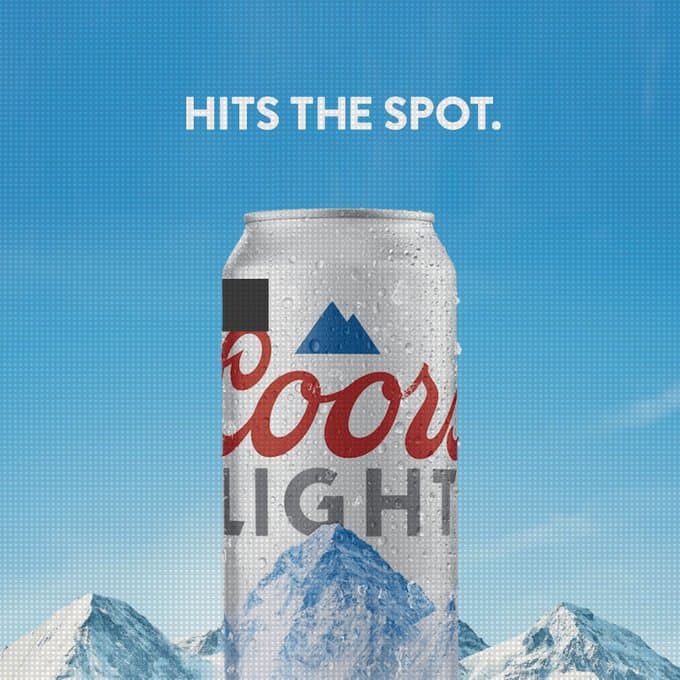You’ve worked hard on the service or product that your company has designed, and it’s finally ready for the world. However, so many business people are asking, “How can I get potential clients to engage with our work?” That’s the age-old question, and a very valid concern. There are many ways, like strong marketing content, that can be a real game changer for your business.
Within the content you create, one of your best tools is the call to action. A call to action is defined as, “??the part of a marketing message that attempts to persuade a person to perform a desired action.” A call to action can make or break your digital and in-person interactions with customers which is why you want your call to action to be strong and effective. Here are five tips for writing effective calls to action that garner the attention of potential clients.
1. Create A Positive Call To Action
Scare tactics might seem like a good strategy at first, because you think urgency or scarcity is attention grabbing. However, that brand strategy won’t have very much longevity, and could be a turnoff for some of your potential clients. Instead of saying something like, “Don’t miss out!” try to take a positive spin on your call to action. It’s better to encourage customers to do something rather than not do something.
2. Start Your Call To Action With A Verb
Think back to your elementary school grammar class, because in a call to action, verbs are your best friends. Verbs are action words, so they’re really useful when promoting your brand. Verbs encourage your customers to act. Use active verbs so customers know what they’re supposed to do and can picture themselves completing the call to action. Clear action verbs provide a roadmap for the potential customer. If you say, “act now, buy your ticket, access your free eBook, or learn more” your customers know exactly what to do.
3. Keep Your Call To Action Short And Punchy
Ever been scrolling Facebook, started watching an ad, and quickly moved on, because it just didn’t get to the point fast enough? People are inundated with marketing nowadays, so they’re not going to stick around to figure out what you want them to do if your call to action isn’t short and to the point. You want your call to action to boost your brand recognition, so it should be easily digestible. Whether it’s for an ad for social media or an email campaign button, keeping things brief gives customers the ability to process the call to action quickly.
4. Be honest
Transparency is so important whether you’re building brand recognition or you already have loyal customers. Avoid a bait-and-switch. If your client will need to enter their email in order to download your free eBook or white page, use phrases like, “opt in” or “register to receive.” Be honest about requiring contact information in order for users to access any freebies on your website. Not everyone wants to give out their personal information if they’re not ultimately going to engage with your business.
5. Get creative with your call to action
The best calls to action are the ones that think outside of the box. Don’t stick to the same-old-same-old if you can avoid it. Your call to action can be an extension of your brand. How is your brand unique? If you’re plugging a concert venue, consider something like, “plan your night out” or “save your seat” rather than a more generic “buy tickets.” If you’re a hair salon, even something affirming like, “get fabulous” could go a long way in encouraging a potential customer to make an appointment. As long as it’s a clear call to action that supports your brand, it’s okay to have a little fun.
You can’t lose if you curate your call to action positively, honestly, briefly, and creatively. You may be shocked by how much brand recognition you start to get if your call to action is a little outside the box. Have fun and don’t forget about what your second grade teacher said about verbs.


















